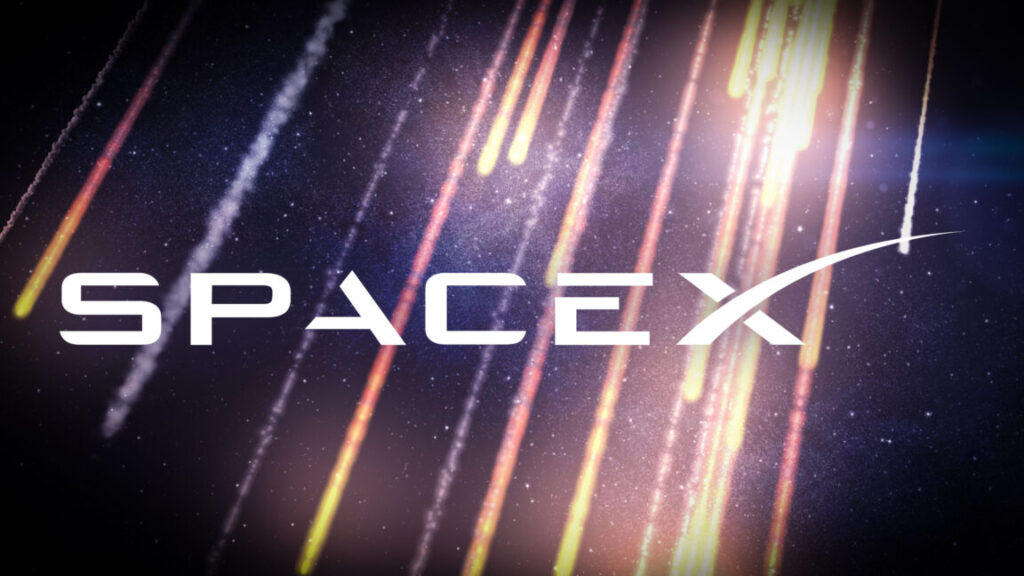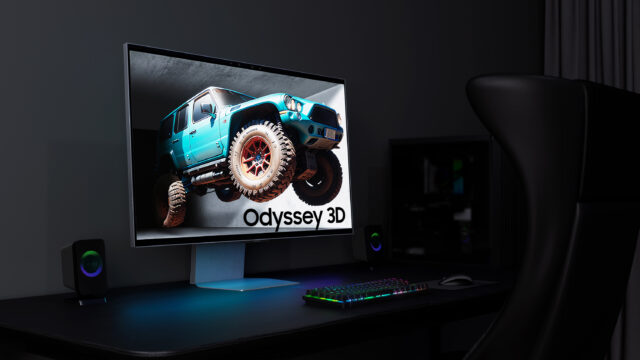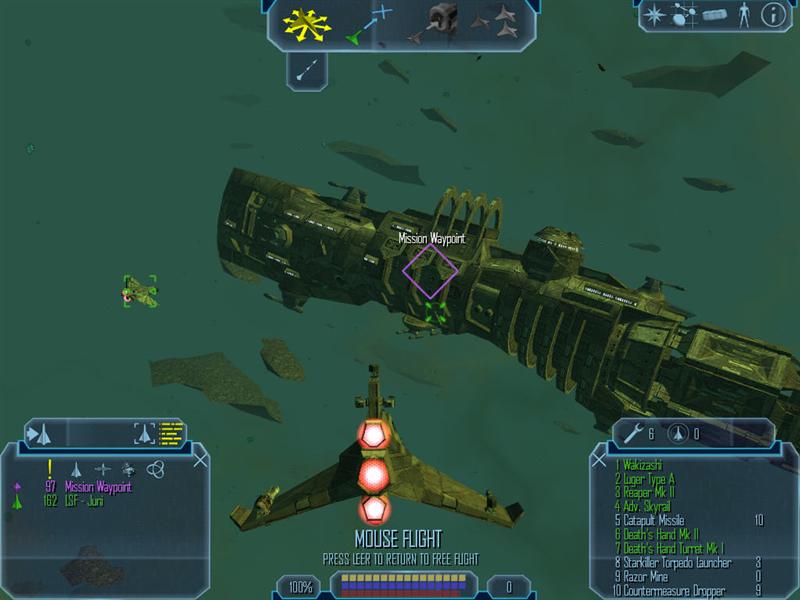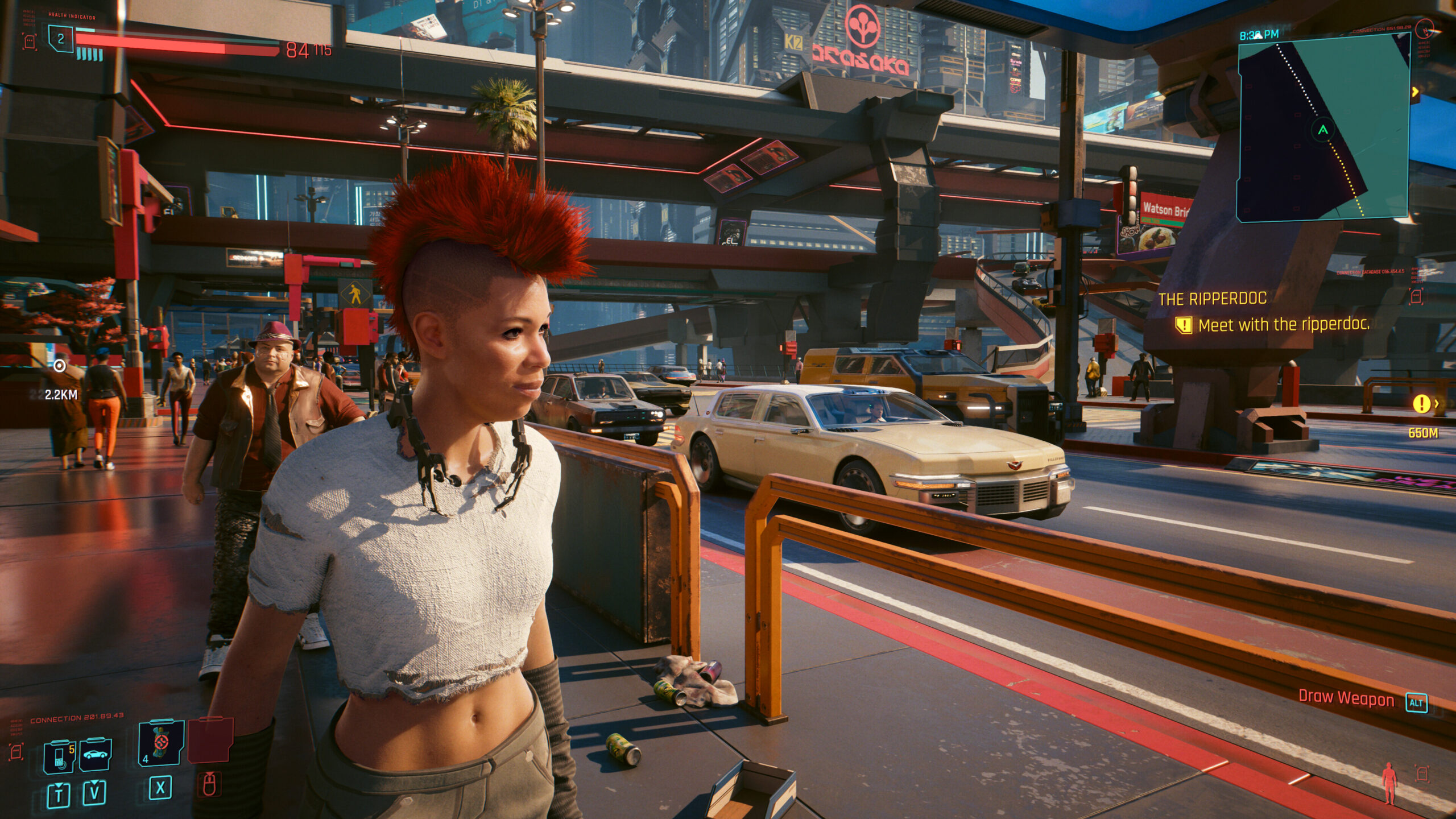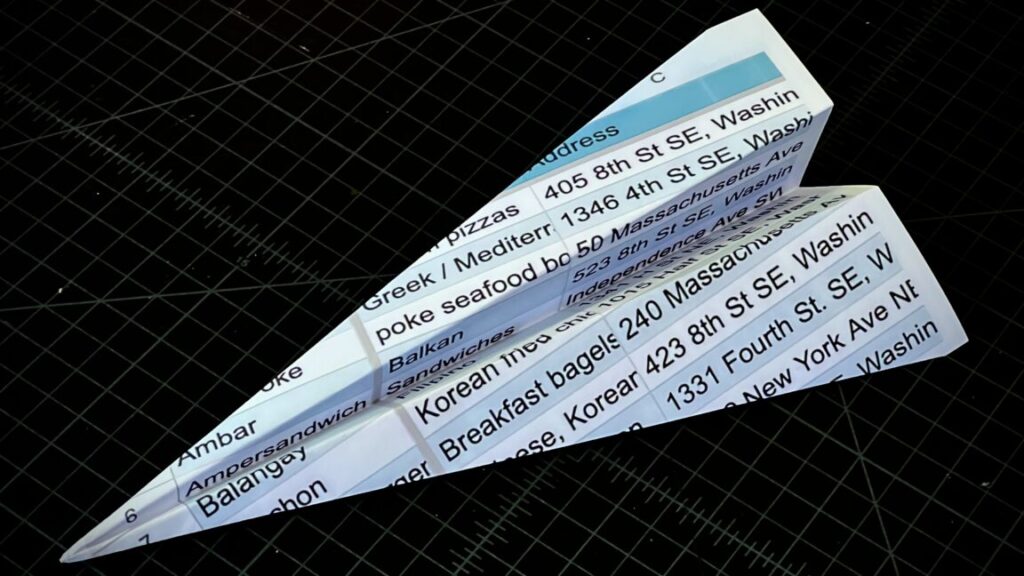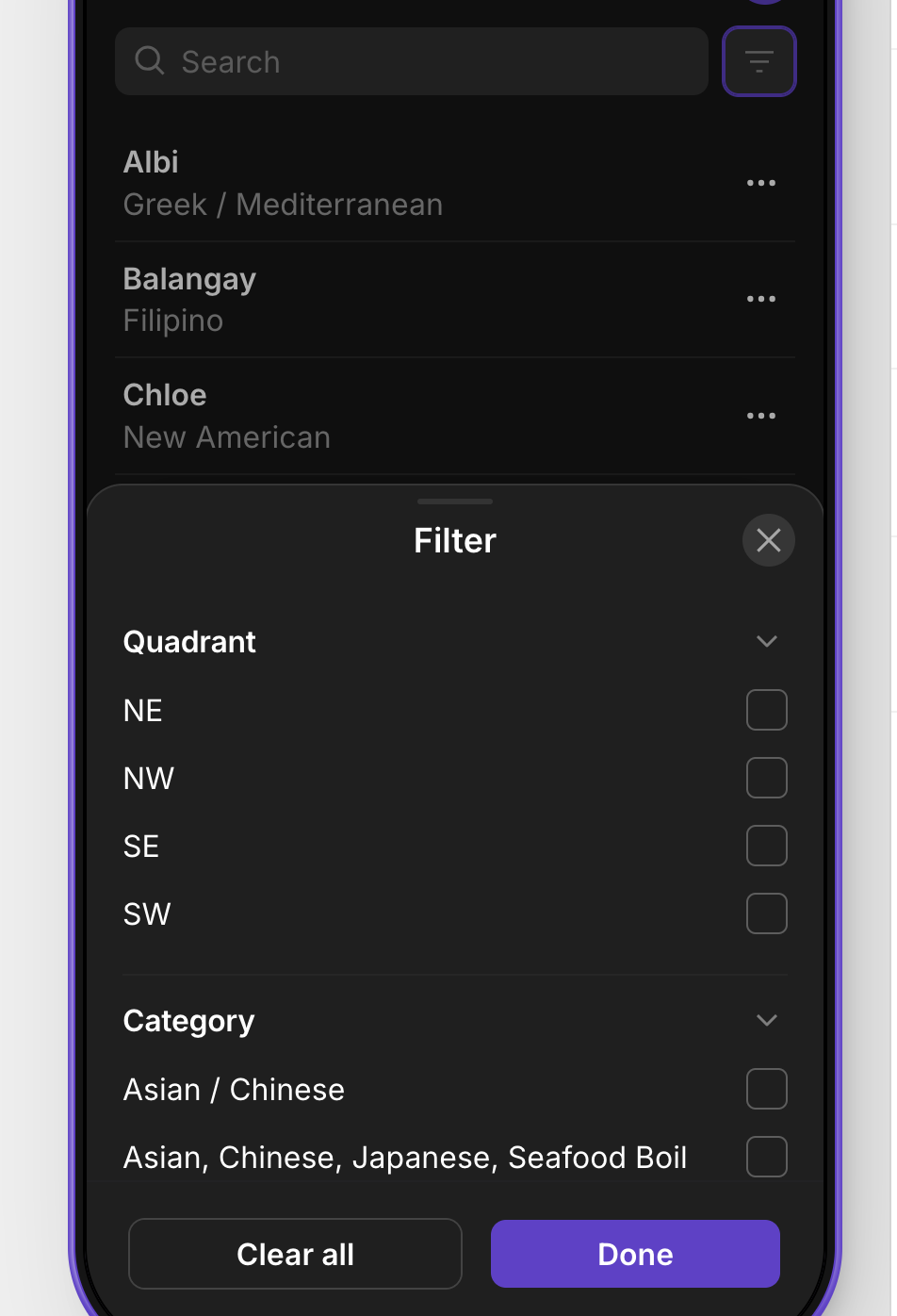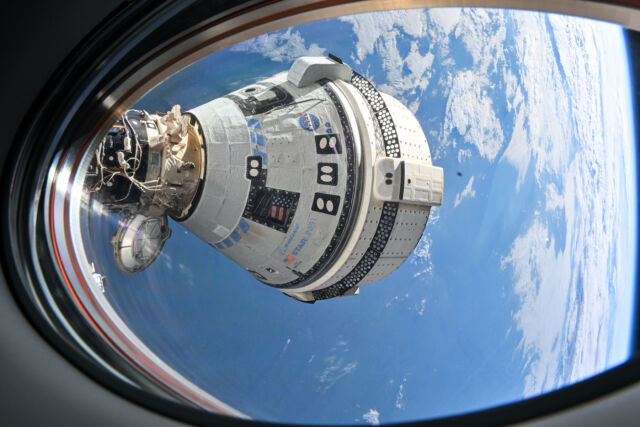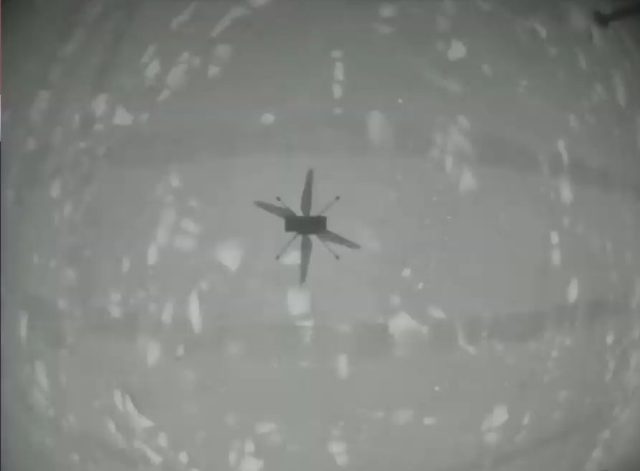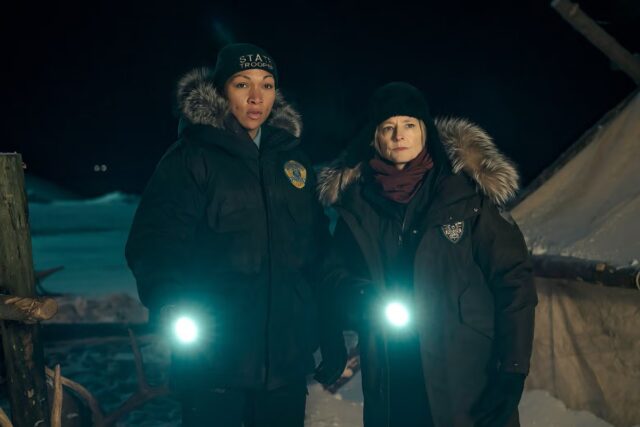Sleeping pills stop the brain’s system for cleaning out waste
Cleanup on aisle cerebellum
A specialized system sends pulses of pressure through the fluids in our brain.
Our bodies rely on their lymphatic system to drain excessive fluids and remove waste from tissues, feeding those back into the blood stream. It’s a complex yet efficient cleaning mechanism that works in every organ except the brain. “When cells are active, they produce waste metabolites, and this also happens in the brain. Since there are no lymphatic vessels in the brain, the question was what was it that cleaned the brain,” Natalie Hauglund, a neuroscientist at Oxford University who led a recent study on the brain-clearing mechanism, told Ars.
Earlier studies done mostly on mice discovered that the brain had a system that flushed its tissues with cerebrospinal fluid, which carried away waste products in a process called glymphatic clearance. “Scientists noticed that this only happened during sleep, but it was unknown what it was about sleep that initiated this cleaning process,” Hauglund explains.
Her study found the glymphatic clearance was mediated by a hormone called norepinephrine and happened almost exclusively during the NREM sleep phase. But it only worked when sleep was natural. Anesthesia and sleeping pills shut this process down nearly completely.
Taking it slowly
The glymphatic system in the brain was discovered back in 2013 by Dr. Maiken Nedergaard, a Danish neuroscientist and a coauthor of Hauglund’s paper. Since then, there have been numerous studies aimed at figuring out how it worked, but most of them had one problem: they were done on anesthetized mice.
“What makes anesthesia useful is that you can have a very controlled setting,” Hauglund says.
Most brain imaging techniques require a subject, an animal or a human, to be still. In mouse experiments, that meant immobilizing their heads so the research team could get clear scans. “But anesthesia also shuts down some of the mechanisms in the brain,” Hauglund argues.
So, her team designed a study to see how the brain-clearing mechanism works in mice that could move freely in their cages and sleep naturally whenever they felt like it. “It turned out that with the glymphatic system, we didn’t really see the full picture when we used anesthesia,” Hauglund says.
Looking into the brain of a mouse that runs around and wiggles during sleep, though, wasn’t easy. The team pulled it off by using a technique called flow fiber photometry which works by imaging fluids tagged with fluorescent markers using a probe implanted in the brain. So, the mice got the optical fibers implanted in their brains. Once that was done, the team put fluorescent tags in the mice’s blood, cerebrospinal fluid, and on the norepinephrine hormone. “Fluorescent molecules in the cerebrospinal fluid had one wavelength, blood had another wavelength, and norepinephrine had yet another wavelength,” Hauglund says.
This way, her team could get a fairly precise idea about the brain fluid dynamics when mice were awake and asleep. And it turned out that the glymphatic system basically turned brain tissues into a slowly moving pump.
Pumping up
“Norepinephrine is released from a small area of the brain in the brain stem,” Hauglund says. “It is mainly known as a response to stressful situations. For example, in fight or flight scenarios, you see norepinephrine levels increasing.” Its main effect is causing blood vessels to contract. Still, in more recent research, people found out that during sleep, norepinephrine is released in slow waves that roll over the brain roughly once a minute. This oscillatory norepinephrine release proved crucial to the operation of the glymphatic system.
“When we used the flow fiber photometry method to look into the brains of mice, we saw these slow waves of norepinephrine, but we also saw how it works in synchrony with fluctuation in the blood volume,” Hauglund says.
Every time the norepinephrine level went up, it caused the contraction of the blood vessels in the brain, and the blood volume went down. At the same time, the contraction increased the volume of the perivascular spaces around the blood vessels, which were immediately filled with the cerebrospinal fluid.
When the norepinephrine level went down, the process worked in reverse: the blood vessels dilated, letting the blood in and pushing the cerebrospinal fluid out. “What we found was that norepinephrine worked a little bit like a conductor of an orchestra and makes the blood and cerebrospinal fluid move in synchrony in these slow waves,” Hauglund says.
And because the study was designed to monitor this process in freely moving, undisturbed mice, the team learned exactly when all this was going on. When mice were awake, the norepinephrine levels were much higher but relatively steady. The team observed the opposite during the REM sleep phase, where the norepinephrine levels were consistently low. The oscillatory behavior was present exclusively during the NREM sleep phase.
So, the team wanted to check how the glymphatic clearance would work when they gave the mice zolpidem, a sleeping drug that had been proven to increase NREM sleep time. In theory, zolpidem should have boosted brain-clearing. But it turned it off instead.
Non-sleeping pills
“When we looked at the mice after giving them zolpidem, we saw they all fell asleep very quickly. That was expected—we take zolpidem because it makes it easier for us to sleep,” Hauglund says. “But then we saw those slow fluctuations in norepinephrine, blood volume, and cerebrospinal fluid almost completely stopped.”
No fluctuations meant the glymphatic system didn’t remove any waste. This was a serious issue, because one of the cellular waste products it is supposed to remove is amyloid beta, found in the brains of patients suffering from Alzheimer’s disease.
Hauglund speculates it could be possible zolpidem induces a state very similar to sleep but at the same time it shuts down important processes that happen during sleep. While heavy zolpidem use has been associated with increased risk of the Alzheimer disease, it is not clear if this increased risk was there because the drug was inhibiting oscillatory norepinephrine release in the brain. To better understand this, Hauglund wants to get a closer look into how the glymphatic system works in humans.
“We know we have the same wave-like fluid dynamics in the brain, so this could also drive the brain clearance in humans,” Haugland told Ars. “Still, it’s very hard to look at norepinephrine in the human brain because we need an invasive technique to get to the tissue.”
But she said norepinephrine levels in people can be estimated based on indirect clues. One of them is pupil dilation and contraction, which work in in synchrony with the norepinephrine levels. Another other clue may lay in microarousals—very brief, imperceivable awakenings which, Hauglund thinks, can be correlated with the brain clearing mechanism. “I am currently interested in this phenomenon […]. Right now we have no idea why microarousals are there or what function they have” Hauglund says.
But the last step she has on her roadmap is making better sleeping pills. “We need sleeping drugs that don’t have this inhibitory effect on the norepinephrine waves. If we can have a sleeping pill that helps people sleep without disrupting their sleep at the same time it will be very important,” Hauglund concludes.
Cell, 2025. DOI: 10.1016/j.cell.2024.11.027
Sleeping pills stop the brain’s system for cleaning out waste Read More »


